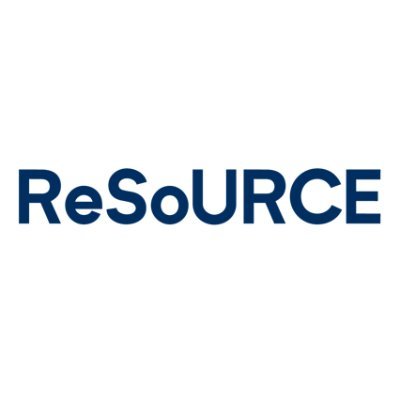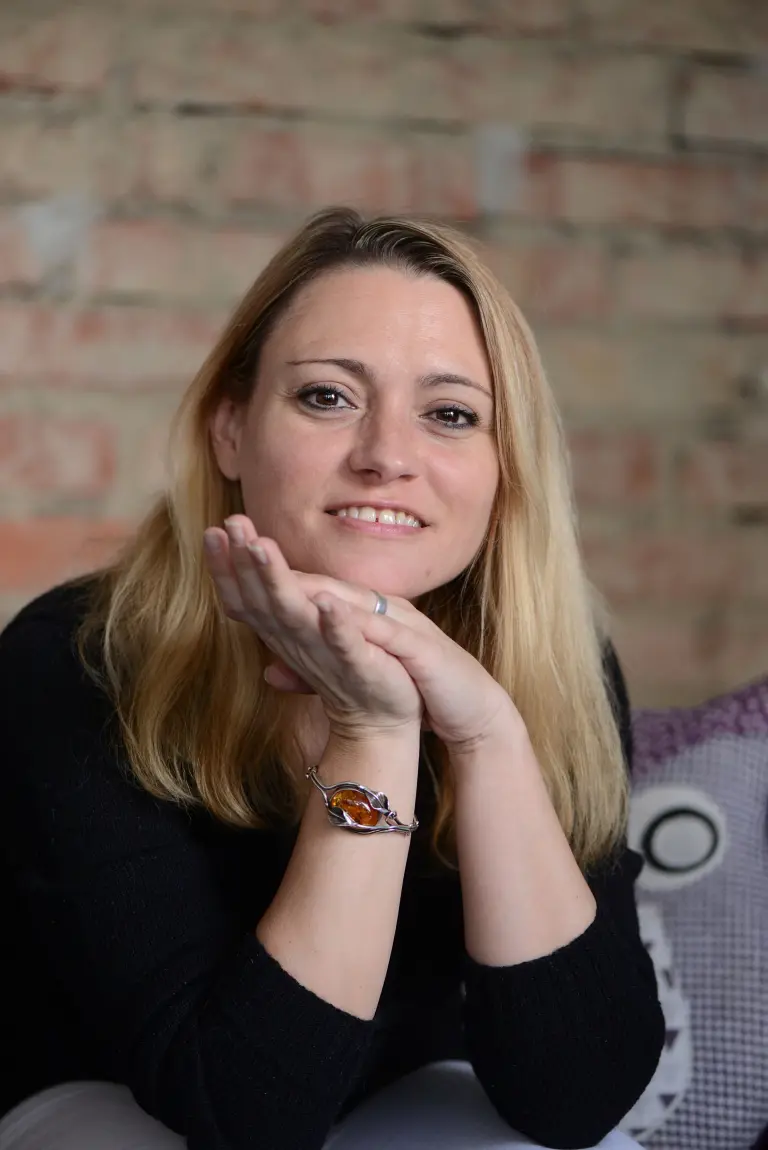On February 5th, after 20 months into the project ReSoURCE, the consortium members had the project review meeting with the project coordinator Susana Xará. The main highlights of the achievements accomplished during the first 18 months of the project were presented. Thanks to the strong commitment and engagement from all consortium members since the proposal phase, we achieved a seamless project initiation from the beginning.
The ReSoURCE project content is divided into 11 work packages and all of them were kicked-off as planned in the proposal. During this period, Material management and Sampling (WP1) was already timely finalized, while the other 10 work packages are still ongoing. Also, 12 deliverables have been successfully submitted. At this stage of the project, a major part of the pre-financing amount has been allocated towards implementing activities throughout this year and a half.
During this stage of the project, two milestones were successfully achieved. The first milestone is the achievement of defining, sourcing, and distributing feedstocks samples. The second milestone was reporting the feedstocks characteristics. Further details can be found in the deliverables published under the Knowledge Vault section.
During the review meeting, the scientific and technical aspects regarding each work package were thoroughly presented:
- WP1, led by RHIM: Achieved comprehensive feedstock identification and standardization in sampling and sorting, coupled with in-depth industry analysis. The material characterization was carried out by RHIM and MUL. The feasibility of these potential sorting criteria was aligned with the requirements on the sensor systems in close cooperation with NEO, LSA, ILT and INN. To use a higher percentage of the breakout material, RHIM defined preliminary sorting requirements in close cooperation with CPI and SINTEF for alternative usage of the material. This will allow to enhance the efficiency and sustainability impact of automated refractory recycling during exploitation.
- WP2, led by CPI in cooperation with MUL, RHIM, SINTEF: Successfully completed the base-line assessments and interim reports for both LCA and TEA.
- WP3, led by MUL together with RHIM and CPI: Conducted a comprehensive waste characterization, complementary to WP1, which offered insights into the leaching behaviour and chemical-mineralogical composition, particularly when considered in conjunction with grain size.
- WP4 led by MUL working in closely with RHIM, LSA, and SINTEF: Maximising fractions that are suitable for sensor-based sorting was validated with comparing conventional and alternate comminution technologies.
- WP5, led by LSA in cooperation with ILT, NEO, INN, MUL: Work on all individual components has begun and initial successes include the completion of the Demo A & Demo B lasers (INN), a first test setup for the HSI (NEO) and a first optical spectrometer combination (LSA). NEO manufactured 2 cameras for initial on-site tests at LSA facilities and integration onto Demo A.
- WP6, led by ILT in close collaboration with NEO, LSA, INN, MUL: Is running investigations for characterisation of the data structures from the individual sensors and classification of material with real sample material.
- WP7, led by SINTEF together with LSA, RHIM, MUL: Successful initial experiments on direct sorting methods for 0-5 mm refractory leftovers as pretreatment before recycling.
- WP8, led by LSA in collaboration with RHIM and SINTEF: The requirements for Demo B have been compiled illustrated in an initial prototype design. In addition, Demo A is currently under construction.
- WP9, led by Crowdhelix: Combining different aspects, ranging from innovative and future-oriented activities, through technical tasks related to clustering with other projects, aiming to prepare the ground and promote new outcomes and developments of the project results. The activities of the work package have been fully implemented in a seamless and productive collaborative environment, providing a solid background for the further development phase, which will be further developed in the project. RHIM in collaboration with CPI, MUL and STEF, is dedicated to the integration of sorted refractory materials into developing alternative materials and products.
- WP10, led by RHIM: Ensured that all good governance principles are respected while fulfilling the rules and obligation towards the funding agency. Furthermore, the rigorous project monitoring and regular evaluation of the project progress was conducted to ensure success so far.
- WP11, led by SINTEF working closely together with RHIM, MUL, Crowdhelix: The activities of exploitation, dissemination, and communication is still ongoing. SINTEF and RHIM are responsible for managing and overseeing this strategy, nonetheless all partners are actively involved in showcasing project results and ensure proper participation in relevant events. Among the initiatives that have been successfully achieved during this phase are the website´s launch, the opening of social media accounts (LinkedIn & X), and the creation of 3 project videos posted on the project´s YouTube channel. Furthermore, blogs posts, press releases, and two scientific articles have been published so far. Also, the project has participated in 8 events.
The ReSoURCE project will foster future twin ecological and digital transitions and will affect every part of the refractory industry. The result of this project will be the implementation of new technologies, with investment and innovation to benefit all project partners and the refractory industry. Moreover, the work carried out so far supports the consortium’s ambition in creating significant impact for the refractory industry and the EU regarding CO2 emissions, recycling processes and energy savings.

Authors Portraits
Alexander Leitner
Alexander studied Material Science at the Montanuniveristät Leoben, focusing on the field of micromechanics and material physics. He joined RHI Magnesita’s Strategic Project and Innovation Team in 2019 and recently joined the business unit Recycling in the field of Recycling Innovation and Technology.
Ramona Oros
Ramona started her career at the Carinthia University of Applied Sciences in 2012 as a researcher and project assistant. She is well familiar with various EU-funded project schemes, and now is the interim project coordinator for ReSoURCE.
When we started our project, I was very aware that most scientists are not professional communicators and are not necessarily comfortable interacting with media representatives. It has been one of the major themes throughout my professional life. There are many reasons for this, but there is one aspect that I have always found particularly sad: scientists, who are known for always being as precise as possible, are often afraid of being misunderstood. They are afraid that what they say will be twisted and end up being so far from what they wanted to say that they sometimes even feel ashamed of news articles about their work.
Effective communication is in general the key to unlocking the full potential of groundbreaking research projects. But there is no doubt that scientists in a recycling research project in particular should be able to communicate with the media – given that sustainability issues are not always discussed peacefully. On top of that, refractory recycling is a field at the forefront of sustainable innovation and requires the ability to explain most complex aspects to a diverse audience. I figured, media coaching for our scientists would be an invaluable tool. So I did a workshop with them this past summer.
In the media coaching we first went through some basics of communication: we started with the Shannon-Weaver model. This model is one of the earliest and most important models of communication. It was first published in the 1940s, in a paper named “A Mathematical Theory of Communication” and reduces the communication process to its absolute basics, namely a sender, a message, a channel, a receiver, and potential sources of interference. The sender encodes a message, which is then transmitted through a channel to a receiver. The transmission in the channel can be disrupted from outside, so the message could not get through. If it gets through though, the receiver decodes the message to understand the sender’s intended meaning.
The most important point of this model is that the sender can influence if the receiver understands the message. They can do so by figuring out what coding system is known by the receiver. In simple terms: if I know the receiver understands English but not Spanish, I should make sure to use English and not Spanish for my message. It is the responsibility of the sender to ensure that the receiver can understand the message. But: The receiver also needs to be willing to understand the message, hence the message should be an attractive one. One they would like to decode.
What exactly it is that is attractive to people is as diverse as the people themselves. It starts usually with the package: level of speech, length, and of course content. We need to accept that not everybody will take an interest in our research, especially not an interest in all the tiny little details of it. In the media training we covered how diverse the interests of people can be at the example of the Austrian population and the parameters like values, income, education, that divide this population in different groups. Newspapers respectively their journalists know exactly who their readers (= receivers) are. So, they will report on the topics that are interesting to exactly this group. That does not mean that other topics are not important – just maybe not important to this specific group. Another consequence from this might be that our scientists should emphasize different aspects: for some stakeholders the positive effect on the environment that comes from our project is the most important thing. For others it might be that developments like our sorting machine bring a competitive advantage.
With these two basics I hoped to explain that scientists can avoid to be misunderstood by making sure that their message is focused on what really matters, that this message is brief and that it should differ for each target group.
Another topic that we covered in the coaching is the function of journalists. Journalists have to be critical. If journalists don’t question if what we do with public funds is worth the money, they don’t do their job. Of course, our scientists were already aware of this, but knowing that this is important and being confronted with critical questions yourself, that is not the same thing.
We know that our project is worth the money and that what we are working on is really important. But that is not all it takes to navigate interviews and inquiries with confidence. In the media coaching we therefore practiced how to answer critical questions. In two groups our scientists asked each other the most critical questions they could think of and worked together to find the best possible answers. That was not only a very effective excercise but also a really funny one.
After all this, I have no doubt that our scientists will go with much more confidence in their next interview. I definitely wish them and the ReSoURCE project all the best and I am sure that they will be very successful.

Author’s Portrait
Carmen Loew
Carmen Loew, Magistra Artium, is the project ReSoURCE’s former science communicator. She studied Archaeology at the Universities of Saarbrücken and Bamberg and managed projects in research and rescue archaeology in Germany and France before she focused on science communication in 2015. She is a certified PR manager, Fundraising manager, Marketing & Sales assistant, and cultural educator. Her (research) interests are science communication and outreach, crisis communication as well as intercultural communication.